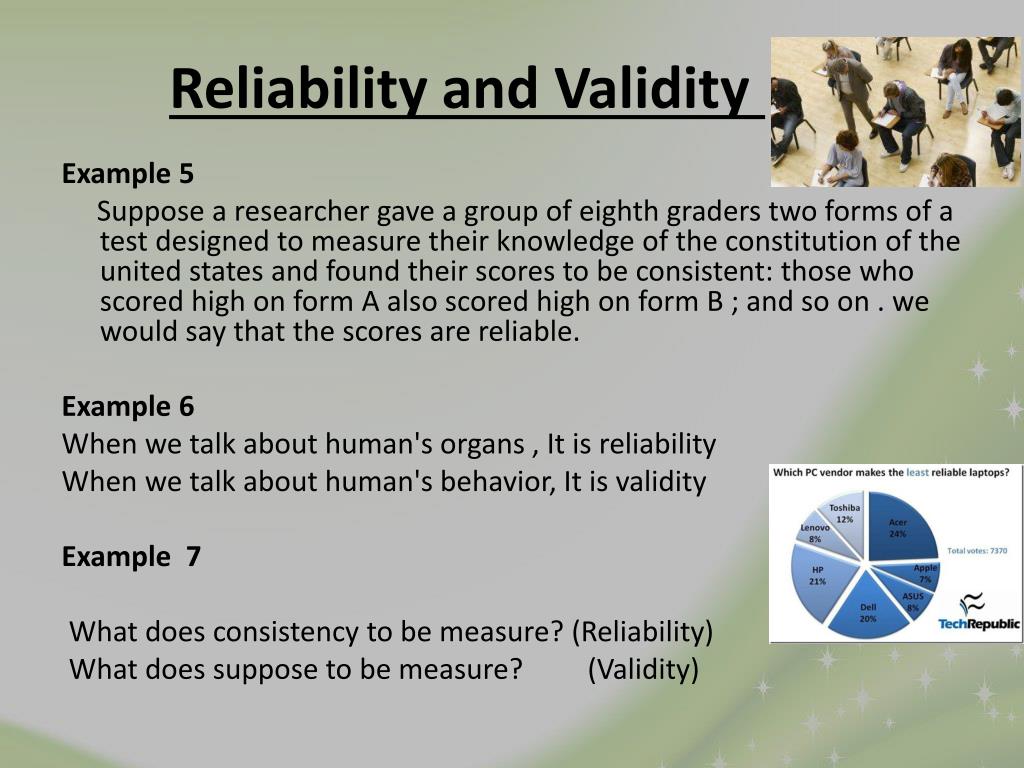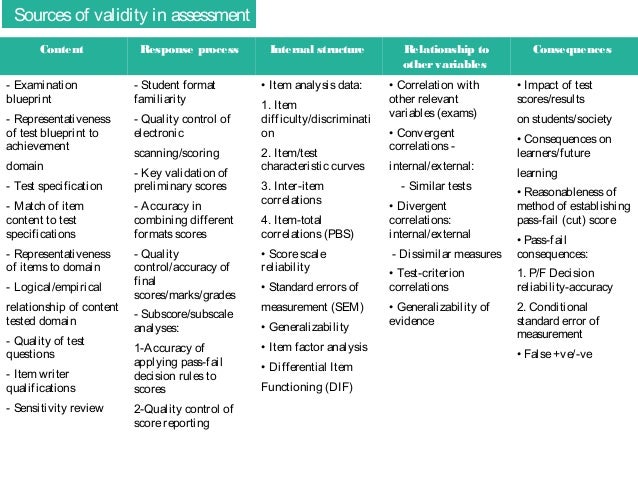
They are easy to take, easy to score, and easy to create. We all love multiple-choice tests, and they are ubiquitous in online learning. Ok, Since We Are All Going To Create Multiple-Choice Tests Anyway, Listen Up… Learning Management System assessments and those of content development tools, like Articulate 360, do a far better job with select, versus constructed, response items.įigure 4: Select vs. However, more open constructed response assessments (like essays) can assess deeper knowledge and student thinking. Simple constructed response items (fill-in-the-blank) still measure fairly low-level skills. Constructed response items are good for descriptions/explanations. With a constructed response method, our learners "construct" or "supply" their response. They are not good at all for assessing student skills. Select-response items are good for recall/recognition of facts, limited types of reasoning. True/False and Multiple Choice are the most common select response methods. With select response methods, our online learners "select" answers from a selection. Remember, It’s Either "Open" Or "Closed"Īs Figure 4 shows, there are broadly two types of assessment methods-select response methods and constructed response methods. (See Figure 2)įigure 3: Common Types of Assessments and Their Advantages and Disadvantages (Adapted from Commonwealth of Learning & Asian Development Bank, 2008: 4–13, 4–14) 3.


A great, time-tested resource to help us understand the various levels of learning, which we can then assess, is Bloom’s Taxonomy.

Learning outcomes can be low-level (recalling information) or high-level (analyzing information). And learning outcomes should be about students demonstrating what they know, and more importantly, what they can do (skills). Know Why We Want To AssessĪssessments should really be about measuring learning outcomes. Figure 1 above illustrates the interconnectedness of these three types of assessments. I like to say that assessment has a triple function-it is diagnostic, formative, and summative-that help us assess where students are before, during, and after the learning. It can (and should) happen before the learning, during the learning, and after the learning. The assessment doesn’t just happen after an online course or module or unit. Figure 1: The "triple function" of assessment-assessing what learners know before, during and after the formal learning exercise.


 0 kommentar(er)
0 kommentar(er)
